RBA’s Philip Lowe hopes for ‘strong recovery’ but admits ‘considerable uncertainty’ in outlook
RBA chief Philip Lowe has reason to expect a V-shaped recovery in Australia, but admits there’s still ‘considerable uncertainty’.
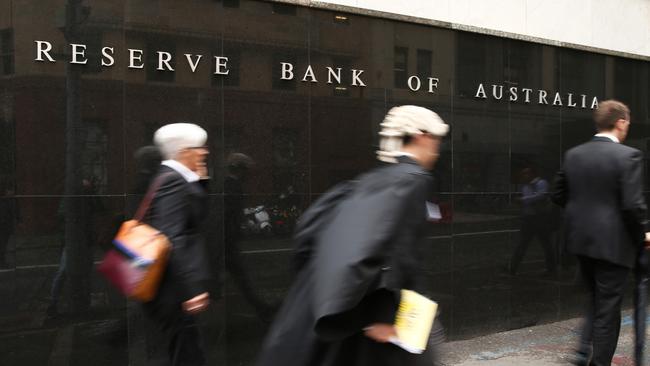
Philip Lowe has reason to expect a V-shaped recovery in the Australian economy.
Based on the fall in coronavirus infection rates in a number of countries so far, the Reserve Bank governor is betting that a global economic recovery will start later this year.
That’s good news for Scott Morrison as he plots a course to bring the economy out of hibernation, with the national cabinet due to outline plans to further ease restrictions on Friday.
Encouragingly, while financial markets conditions haven’t completely normalised, they are now “working more effectively” than they were a month ago, thanks to lower infection rates and substantial measures undertaken by central banks and fiscal authorities.
Of course Australia is well placed to restart its economy, given that it has had some of the lowest coronavirus infection and death rates in the world, combined with some of the highest testing rates.
But while maintaining the base-case scenario of a V-shaped recovery in the Australian economy that he outlined in a speech two weeks ago, Dr Lowe acknowledged that there was “considerable uncertainty” about the outlook.
So rather than present detailed economic forecasts as usual in its quarterly Statement on Monetary Policy due this Friday, the RBA will instead outline a “range of scenarios”.
The RBA’s baseline scenario is for a 10 per cent contraction in the domestic economy in the first half of 2020 and a 6 per cent fall over the year as a whole, followed by a 6 per cent growth in 2021, albeit some economists consider such a strong rebound overly optimistic.
Su-Lin Ong, chief economist at Royal Bank of Scotland, said: “We continue to think that the degree of bounce-back in activity under the base case expected in 2021 is optimistic given a number of structural headwinds the economy faces including elevated household debt, stagnant and likely easing wages growth, and low productivity coupled with elevated unemployment.”
The unemployment rate is still expected to hit 10 per cent in the coming months and remain above 7 per cent at the end of 2021, a little more than the 6 per cent rate Dr Lowe previously mentioned.
The unemployment rate may have upside risk — UBS chief economist George Tharenou estimates that based on fortnightly payrolls data released Tuesday, Australia’s unemployment rate is already at 12 per cent, barring a fall in participation, making it the highest since the Great Depression. NAB chief economist Alan Oster expects the unemployment rate to peak at 12 per cent by mid-2020.
But Dr Lowe said a stronger economic recovery was possible if there was further substantial progress in containing the coronavirus in the near term and there is a faster return to normal economic activity.
“On the other hand, if the lifting of restrictions is delayed or the restrictions need to be reimposed or household and business confidence remains low, the outcomes would be even more challenging than those in the baseline scenario,” he cautioned.
In the various scenarios considered by the board, inflation remains below 2 per cent over the next few years and is expected to turn negative temporarily in the June quarter, due to falls in oil prices, the introduction of free child care and deferrals of various price increases.
“Given this outlook, the bank will maintain its efforts to keep funding costs low in Australia and credit available to households and businesses,” Dr Lowe said.
“The board is committed to do what it can to support jobs, incomes and businesses during this difficult period and to make sure that Australia is well placed for the expected recovery.
To that end, the RBA broadened the range of eligible collateral for its daily open market operations to include investment grade Australian dollar corporate debt.
“We expect today’s collateral broadening to be a sizeable positive for the Australian dollar corporate market, and it is likely to prompt an improvement in secondary trading conditions and a narrowing Australian dollar corporate credit spreads,” said RBC’s Ms Ong.
“This may also help us move closer to a reopening of the Australian dollar corporate bond market, which has remained essentially shut since February,” she said.
“More broadly, it is an easing in conditions to help corporates fund and expand.”
While the RBA has lowered the size and frequency of its bond purchases, it’s “prepared to scale-up these purchases again” and “will do whatever is necessary to ensure bond markets remain functional and to achieve the yield target for three-year Australian Government Securities”.


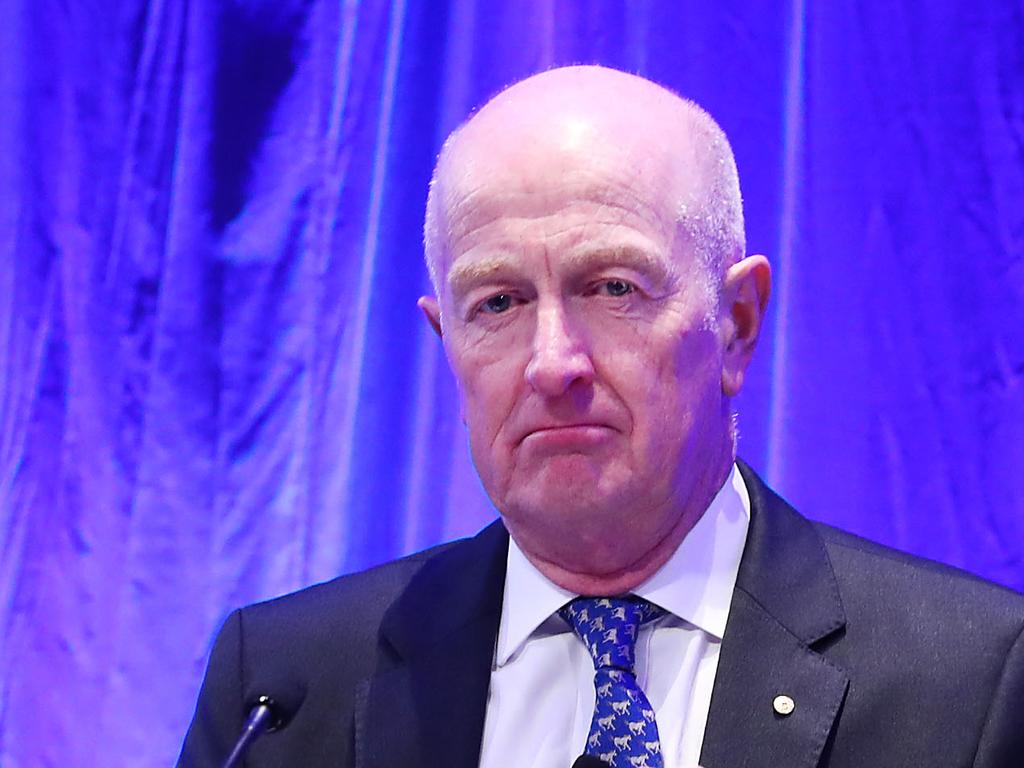
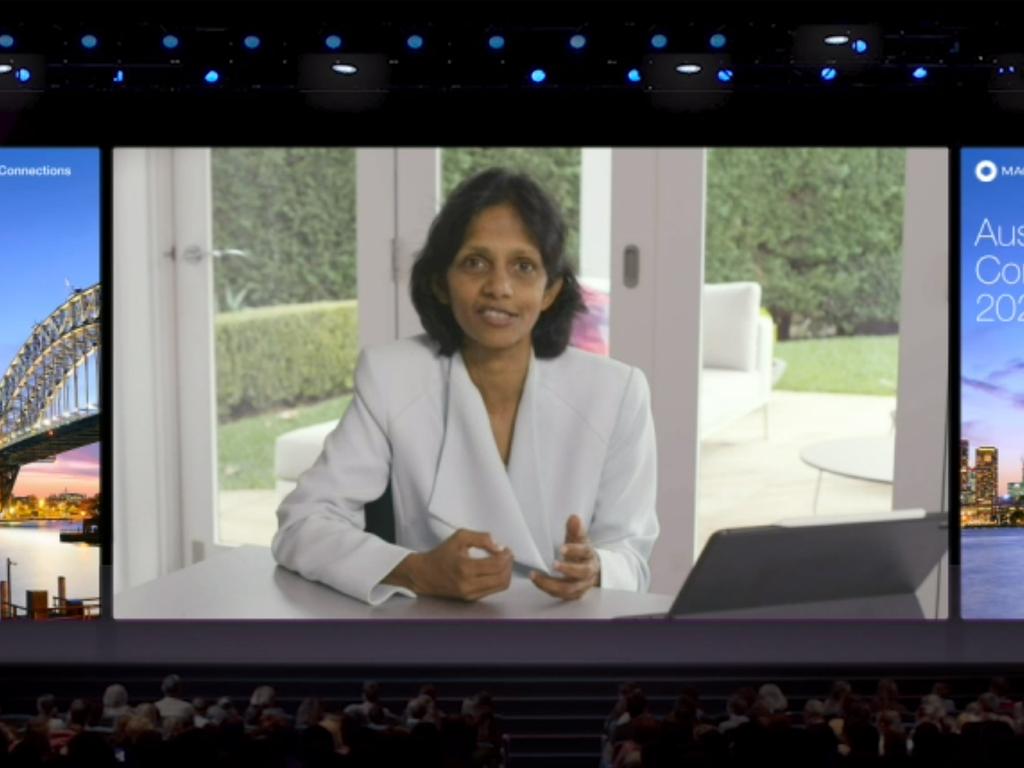

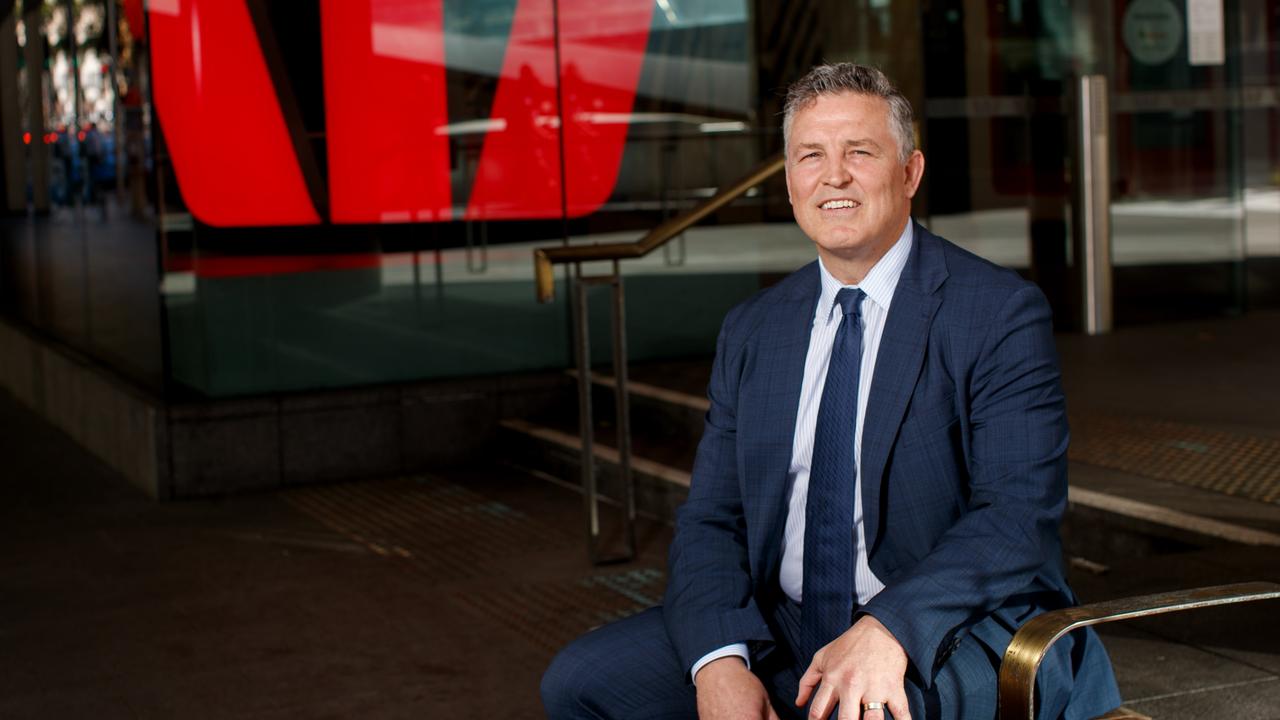
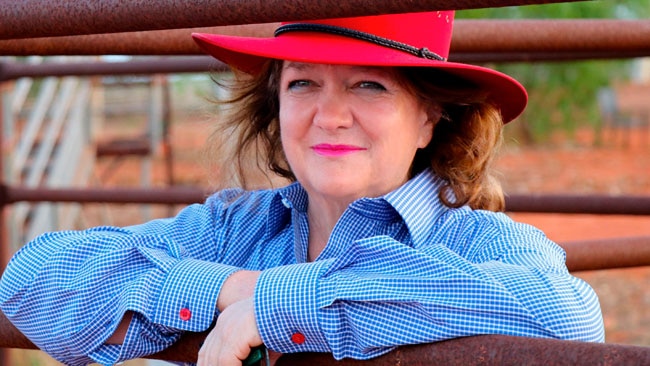
To join the conversation, please log in. Don't have an account? Register
Join the conversation, you are commenting as Logout